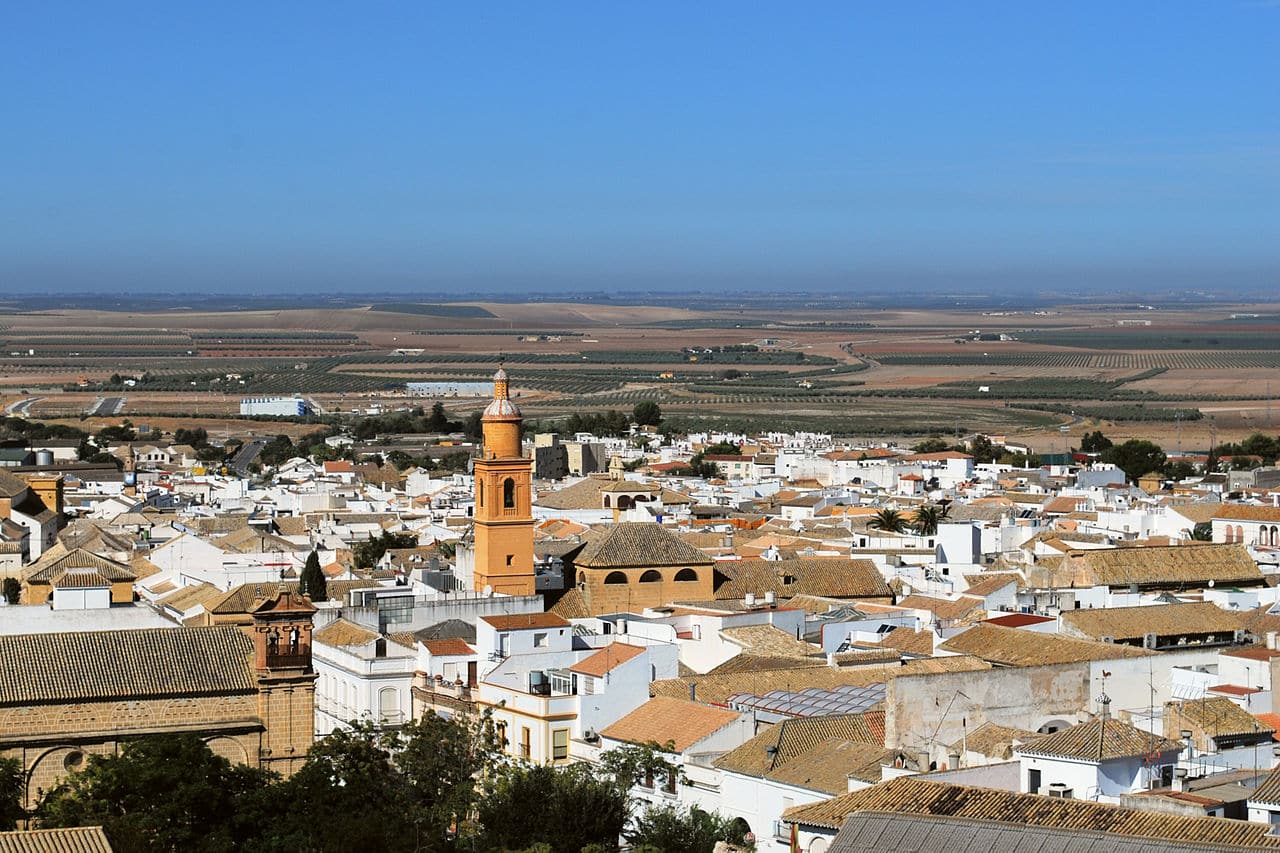
If you have not been told about this small Andalusian town, you are probably wondering what to see in osuna. Because this urban jewel located to the east of the province of Sevilla It is outside the itineraries of mass tourism and is not as well known as it should be.
However, we are talking about a town with more than three thousand years of history. Founded by the people of Turdeta under the name of Urso, was also Roman and Arab until the conquest by the Christian troops of Ferdinand III of Castile. But it would be during the sixteenth century when it would achieve its maximum splendor. Juan Tellez de Giron, Duke of Ureña and lord of the town, built in Osuna the largest renaissance architectural complex of the entire province of Sevilla. It was a heyday that lasted a long time, as evidenced by its equally beautiful baroque palaces. All this means that you have a lot to do in Osuna. We are going to show you the highlights.
College University of the Immaculate Conception
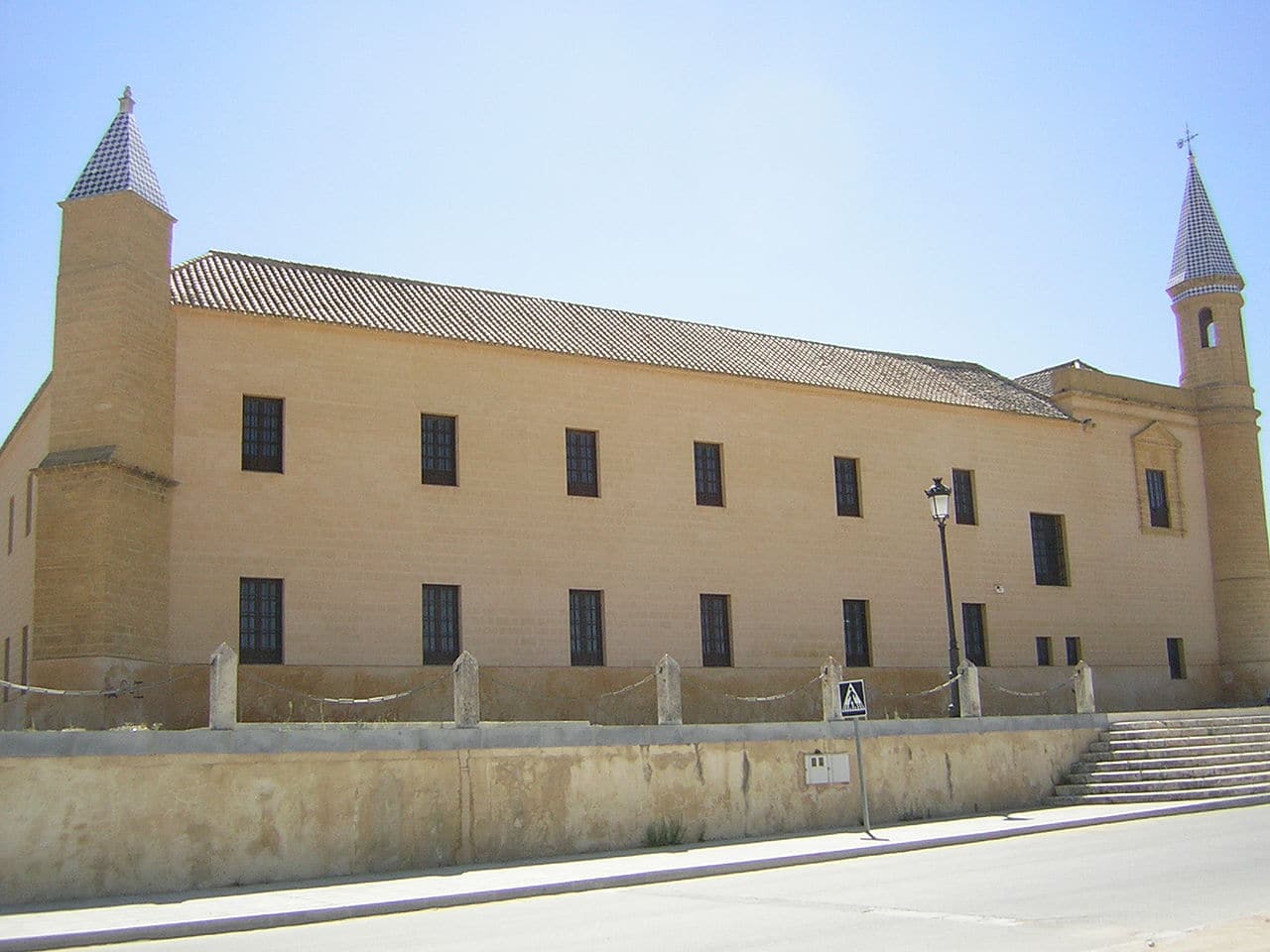
The old University of Osuna
It will never cease to amaze you that a small town like Osuna had its own university. He founded the aforementioned Count of Urena in 1548 and is a Renaissance jewel. It is a construction with a rectangular floor plan, although its interior patio is square.
It stands out for its stylized and simple lines whose angles stand out four towers finished in spiers covered by glazed ceramics. The main portal gives way to a vestibule with a ceiling made of alfarje or carved wood through which one reaches the patio, the chapel and the so-called Girona Room. The latter also has alfarje and mural paintings that represent religious scenes.
For its part, the chapel has a beautiful neoclassical altarpiece. But even more beautiful is the patio, with two arcaded floors. The lower one has Tuscan marble columns and in the center there is a typical Andalusian well in carved stone. Likewise, from it starts a three-flight staircase covered with a barrel vault whose walls are decorated with coffered ceilings.
Collegiate Church of Santa María de la Asunción
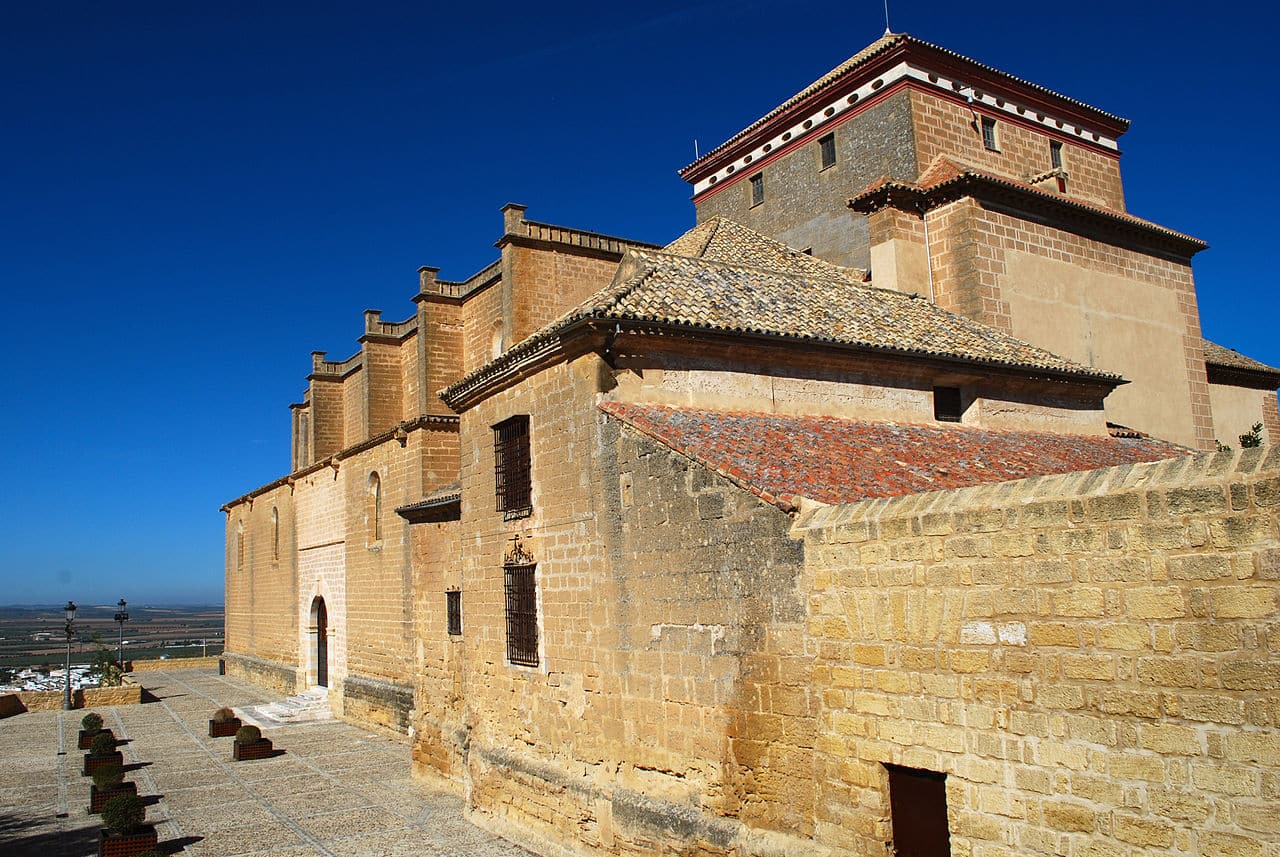
Collegiate Church of Santa María de la Asunción, one of the Renaissance jewels to see in Osuna
Also due to Juan Tellez de Giron, is another of the Renaissance wonders of Osuna. It was built in the middle of the XNUMXth century and, externally, it is surprising for its simplicity, with four powerful buttresses and three portals (there were two others that were blinded).
But the best way to access the collegiate church is through the Courtyard of the Pantheon of the Dukes of Osuna, considered one of the most beautiful of the entire Spanish Renaissance. It has two cloisters on stone columns and segmental arches supported by abacuses. Its decoration combines plateresque elements with grotesques and mural paintings.
From the courtyard, you can reach the sacristy, covered with coffered ceilings in green and gold, as well as the Chapel of the Virgin of Granada, whose size, of great value, is attributed to Guillen Ferrant. Pantheons also consist of several rooms. And, crossing a spectacular Plateresque doorway, you will arrive at the church. In this stand out the Chapels Mayor, Tabernacle and the Immaculate Conception. In the latter, you can see a carving of Christ, the work of John of Table.
The collegiate church even has a museum located in the old sacristy. It has several paintings of Jose de Ribera, «el Españoleto», and the school of Zurbaran.
Other religious monuments to see in Osuna
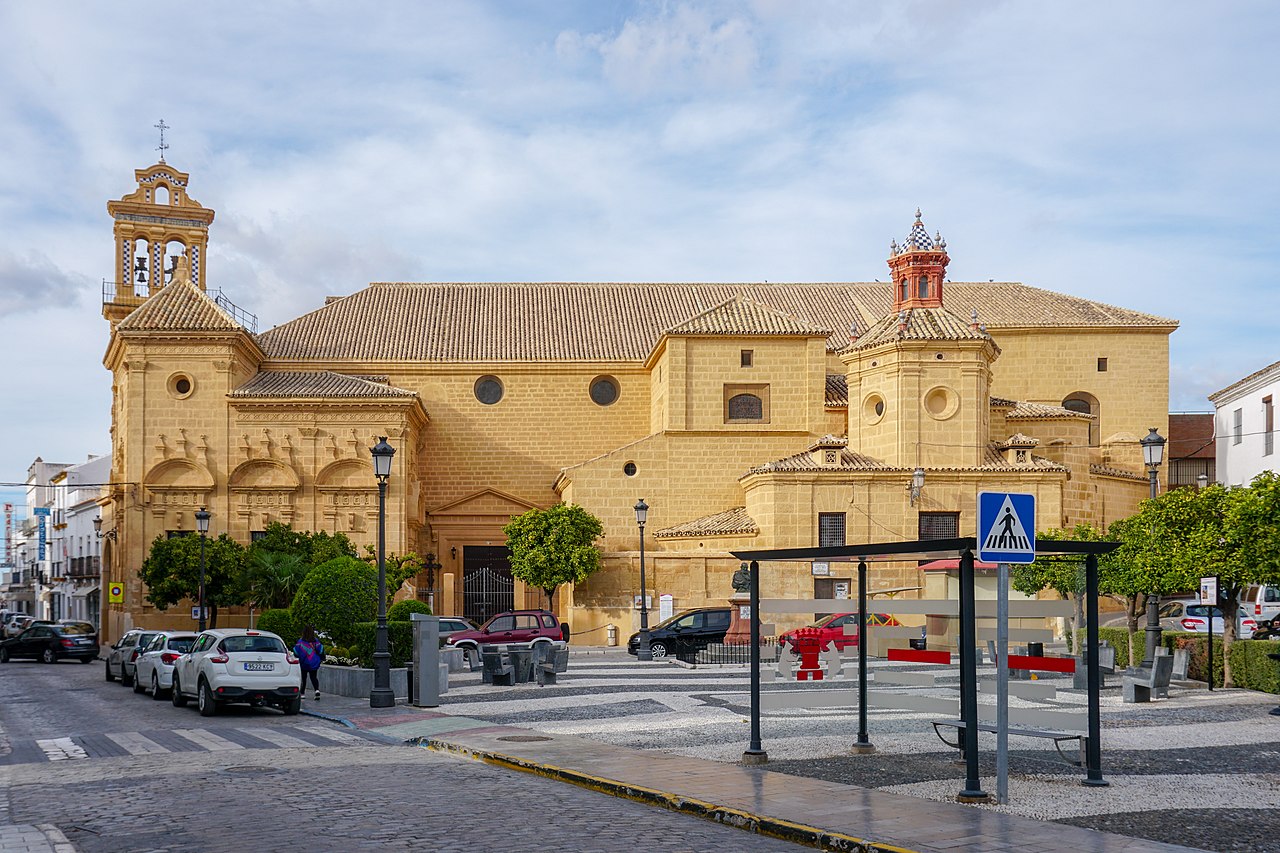
The church of Santo Domingo
The religious heritage of the Sevillian town goes far beyond the collegiate church. We also advise you to visit churches such as those in the mercy, in which its stylized tower from the XNUMXth century stands out, of Our Lady of Victory, of San Carlos el Real, with its spectacular baroque altarpiece, from Santo Domingo o from Santa Clara.
Also, be sure to watch the hermitages of San Arcadio, Santa Ana and the Via Sacra and convents like those of the Conception, Saint Catherine, Saint Peter, of the Holy Spirit and of the Incarnation, the latter with a beautiful cloister decorated with Sevillian tiles and marble columns.
Palace of the Marquis of La Gomera
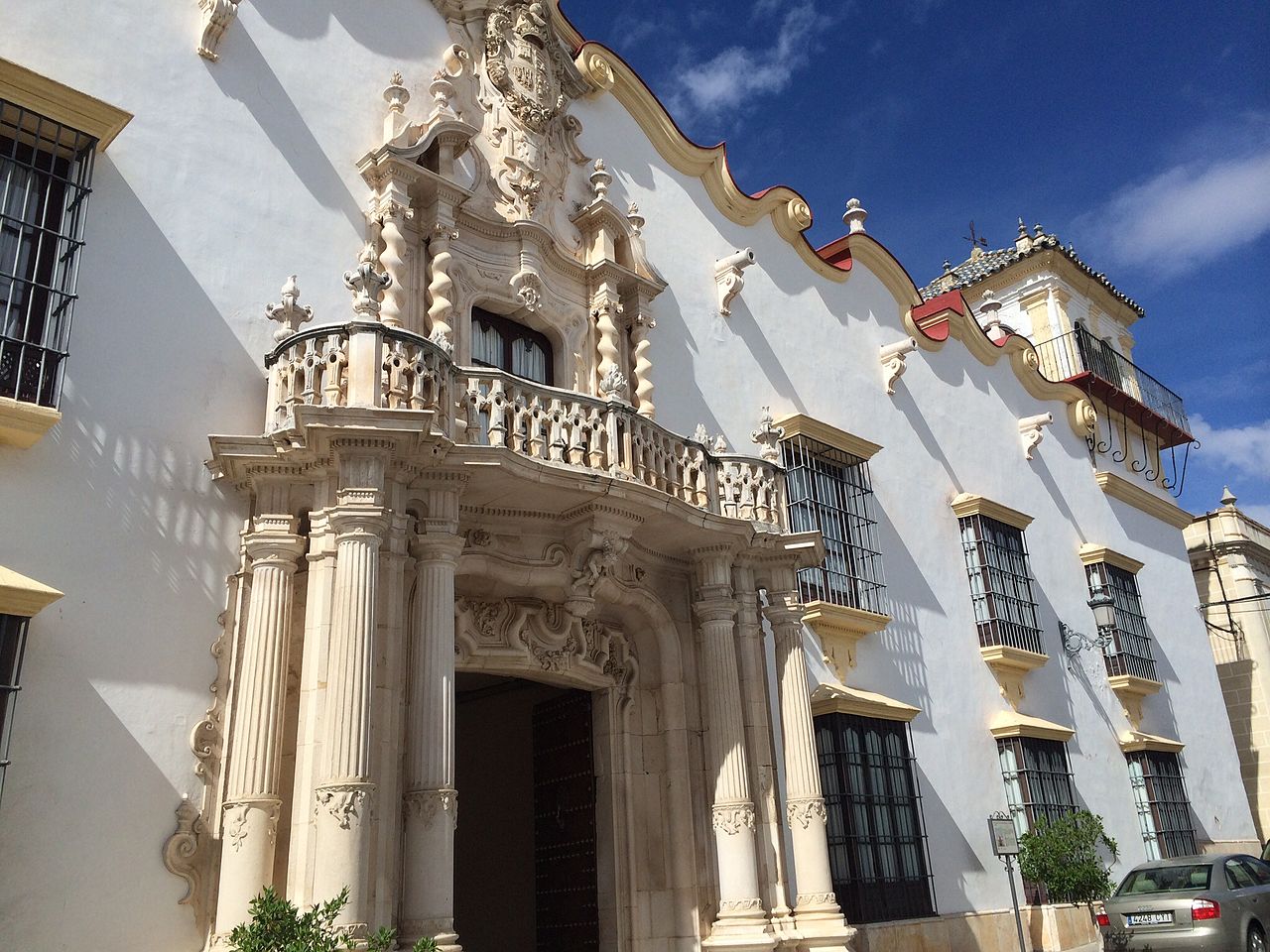
Facade of the Palace of the Marquis of La Gomera
is an impressive baroque manor house of the eighteenth century. It consists of two floors that end in a unique cornice of straight and undulating forms. It is adorned with gargoyles and at one end there is a lookout tower with a continuous balcony and twin windows.
But, above all, its spectacular façade stands out in the building, framed by baroque baquetones that give it various depths. Solomonic columns and a balcony complete it and, after passing through it, you access the hall and the patio. This is quadrangular, with four fronts adorned with galleries of semicircular arches supported by white marble columns.
The central fountain was created with this same material, which has an octagonal base and pours water through the effigy of a lion on a pedestal. Likewise, in one of the corners of the patio there is a small chapel with a gilded wood altarpiece. But best of all, you can sleep in this magnificent palace, as it has been converted into hotels. In addition, it shares its facilities with a restaurant.
Other stately homes to see in Osuna
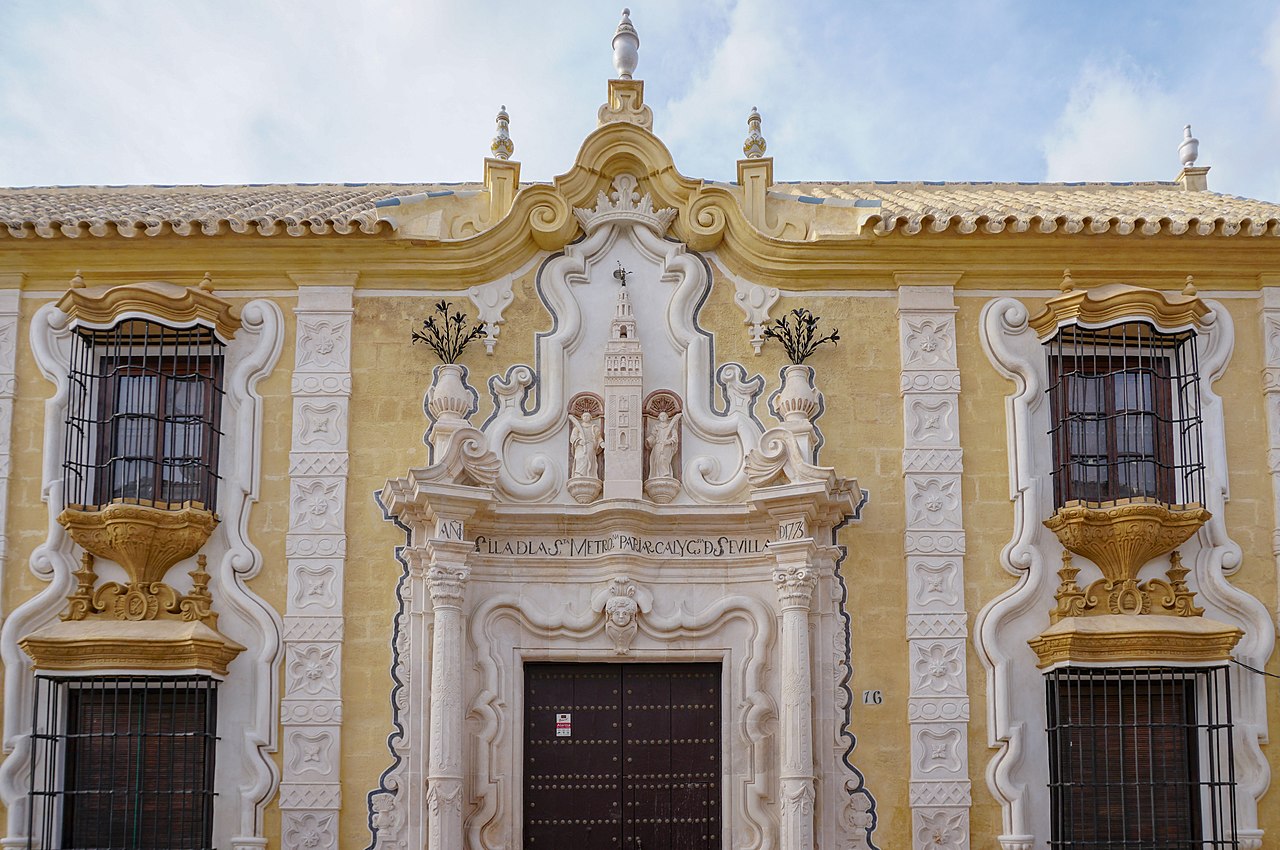
Cilla del Cabildo, one of the best palaces to see in Osuna
It is not, far from it, that of the Marquis of La Gomera the only palace to see in Osuna. The old one Cilla of the Cabildo, today the parish house, is a construction from the end of the XNUMXth century and also stands out for its imposing façade. For its part, the House of the Rossos It has a lintelled door framed by two columns on a pedestal. Above it there is a balcony under a relief of the family's noble coat of arms in stone. And above a tower with another balcony and aljimez.
We also advise you to see the House of the Towers, all of it finished in white and in which its baroque façade stands out. This rises two bodies and is carved in stone with decorative elements and the family coat of arms.
El Palace of Govantes and Herdara It was built in the XNUMXth century and follows the canons of the Baroque. The best example of this are the columns on its cover, which twist on themselves. They end in two pinnacles and have a balcony above them. It was the Osuna court and the post office was in another stately home, in this case the Palace of Miguel Reina Jurado.
But perhaps even more beautiful is the Palace of the Arjona and Cubas brothers, also from the XNUMXth century. Its facade and windows finished in friezes stand out and, on the upper floor, there is also a gallery of windows with semicircular arches. The interior is built around four patios with the main one adorned by Doric columns and a central limestone fountain. In addition, it currently houses the Osuna Museum, where the painting collection of Juan Rodriguez Jaldon.
In short, other stately homes that you should see in the Sevillian town are that of the Marquisate of Campo Verde, that of the count of Puerto Hermoso or own Town hall, from the XNUMXth century, with whitewashed walls and under which the Puerta de Teba passes.
Food market and other public buildings
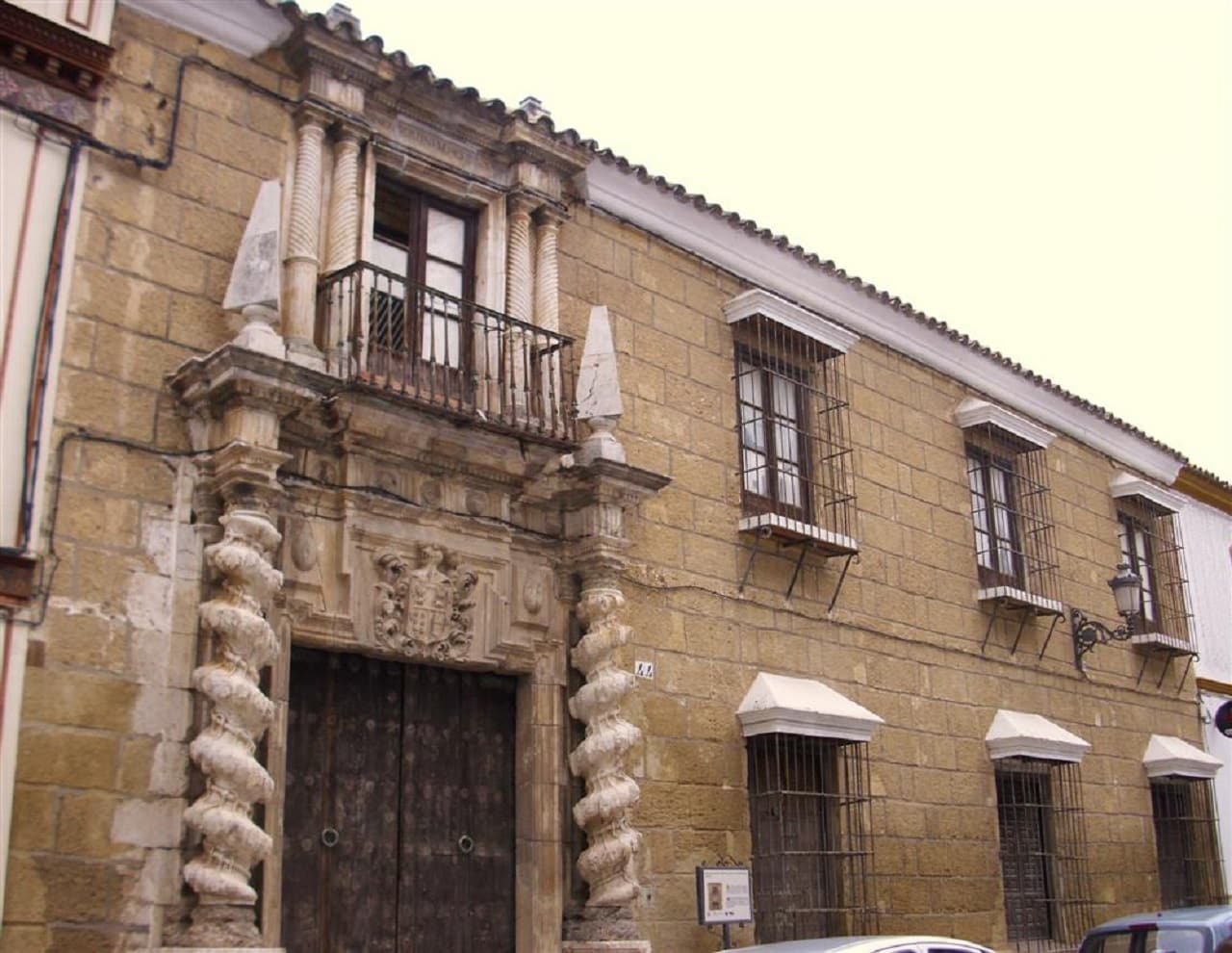
Palace of Govantes and Herdara
In the old convent of San Francisco you will find the food market. In the middle of the XNUMXth century, it suffered a collapse that only the cloister, which is where the stalls are located, survived. Fortunately, the main altarpiece, which today is owned by the Franciscans of Seville, was also saved.
As for the call Osuna reservoir, is a beautiful building that served as an audience, a recruiting center and even a hospital. Like so many other buildings in the town, it dates back to the XNUMXth century and today is a center for the elderly. Therefore, you can only see it from the outside and visit the patio. Its sepia stone façade stands out with a sundial and the town's coat of arms on the central doorway.
Finally, the bullring it was built in 1904. It was the work of the architect Hannibal Gonzalez, one of the great exponents of Sevillian regionalist architecture to whom we owe the Plaza of Spain of the capital made for the Iberoamerican Exhibition of 1929. As an anecdote, we will tell you that it has been the scene of movies and series. It was even used in the fifth season of the popular 'Game of Thrones'. Currently, it houses a bullfighting museum.
The quarries of Osuna

Iberian bull from Osuna
We have left for the end to talk to you about one of the most surprising monumental complexes of the Sevillian town. We refer to the Osuna quarries, also known as "the Petra of Andalusia" because of its impressive stone reliefs. Also, inside it houses a natural auditorium used for different cultural activities. They were the grounds of the old Urso from which stone was extracted for construction.
On the other hand, if you want to learn more about Osuna's past, specifically its Muslim and medieval times, we advise you to visit the Caldenegros Archaeological Park. It occupies ten thousand square meters and much of what was found in it is exhibited in the Water Tower Museum of the Seville town. In this, located in a XNUMXth century Arab construction, you can also see a replica of the famous Iberian bull from Osuna.
In conclusion, we have shown you a lot of what what to see in osuna. However, in the Andalusian town you can also do other activities. For example, it has a motocross circuit The Calvary. And it also offers you a delicious gastronomy in which dishes such as the ursaornés stew, the ardoria or the San Arcadio porridge stand out. Don't you want to know this beautiful Sevillian town?